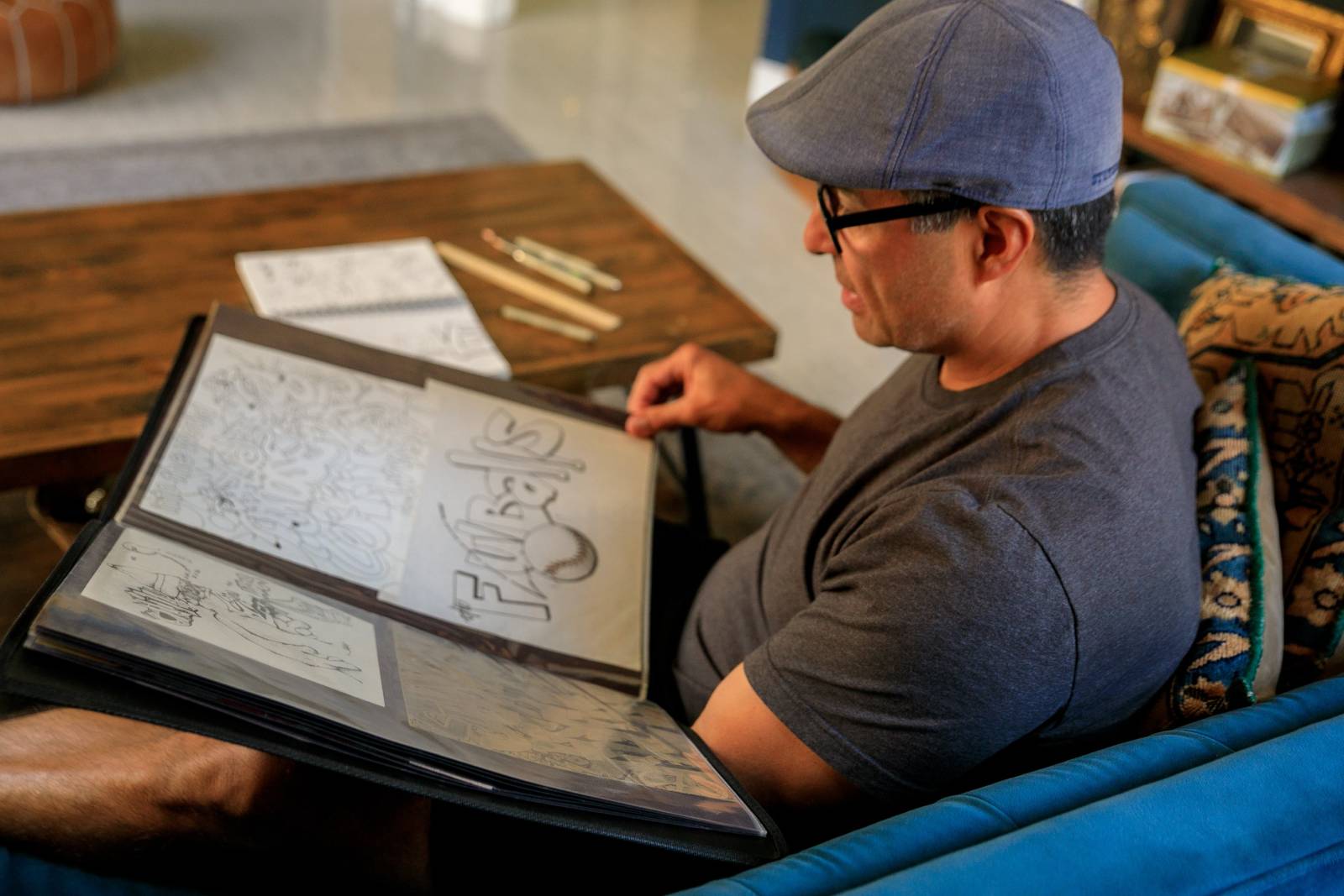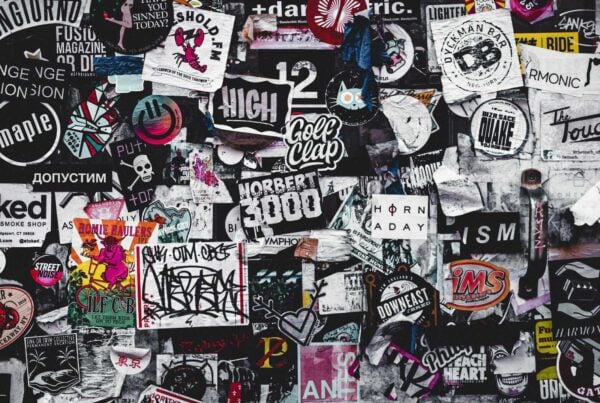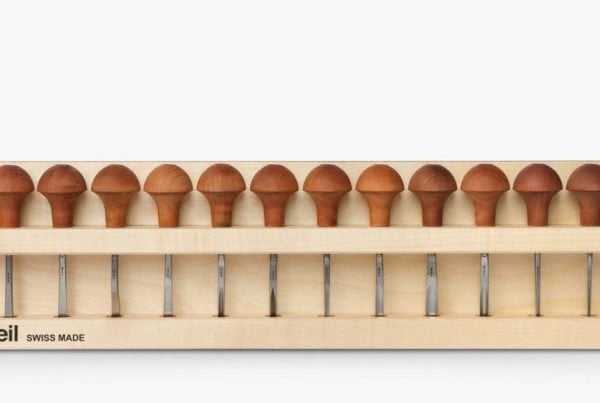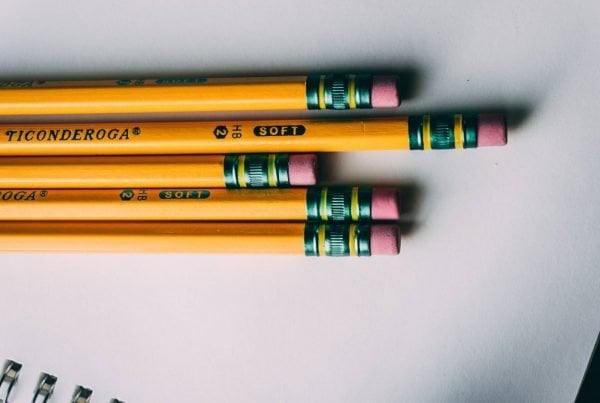Affiliate Disclosure: I only recommend products I would use myself and all opinions expressed here are our own. This post may contain affiliate links that at no additional cost to you, I may earn a small commission when you purchase. These commissions help with the running costs of this website, if you do purchase via one of the product links many thanks it is greatly appreciated!
Having a well-crafted artist’s portfolio is crucial to any artist’s career. An artist’s portfolio showcases their work and allows them to demonstrate their skills and abilities to galleries, buyers, and other art professionals. It also serves as a reference or guide for future projects and ideas. This article will provide you with tips on curating your own artist’s portfolio!
This site started out as a portfolio for Hickman Designs portfolio and has slowly over time morphed into the current site with its blog, ecommerce and portfolio sections.
Table of Contents
Start with the Basics
Before beginning your portfolio, it is important to think about what kind of environment it will exist in. Will you be creating a print portfolio? An online gallery? Or both? Depending on the medium you choose, you may need to include different materials in your portfolio.
Creating Your Physical Portfolio
If you are creating a print portfolio or portfolio for physical artwork, that should include samples of physical artwork as well as photographs or prints of your work. Additionally, depending on the type of audience you want to reach (e.g. galleries, buyers), you should tailor the format and content of your portfolio accordingly.
Some tips for creating your physical artists portfolio:
1. Get a good quality camera
If you want to create a physical portfolio, the first thing you need is a good quality camera. This doesn’t mean that you need to go out and buy the most expensive DSLR camera on the market, but you should get something that will take clear, well-lit photos. You can also rent equipment from sites like Fat Llama or a smartphone can work in a pinch, but for the best results, invest in a decent point-and-shoot or mirrorless camera.
You could also speak to a studio to see if you can rent their photography equipment to take pictures of your artwork, there are also services online for artwork photographers. If you are including your illustrations or drawing you can skip this step.
2. Choose a variety of images
When selecting the images for your portfolio, it’s important to choose a variety of shots that showcase your range as a photographer or artworks such as paintings, illustrations or sculptures. Include a mix of portraits, landscapes, close-ups, and action shots etc. If you have any particularly strong images, make sure to include those as well.

Image Source: Rodnae Pro – Pexels
3. Edit your photos
Once you’ve selected the photos you want to use, it’s time to edit them. This step is important in order to make sure your images look their best. Use photo editing software to crop and adjust the exposure, contrast, saturation, etc. of your photos until they look just right.
4. Print your photos
Now that your photos are edited and looking their best, it’s time to print them out. You can either print them yourself at home or use an online printing service. If you’re printing them yourself, make sure to use high quality photo paper so that your images look their best.
We would advise using something like a fine art printer, this way you can ensure the best quality print. You want to make sure to have the best quality prints when displaying your portfolio.
5. Arrange your portfolio
Now it’s time to arrange your physical portfolio! Start by deciding how you want to arrange your photographs or artworks – by theme, chronologically, etc. Once you’ve decided on an arrangement, begin placing your pieces in position until you’re happy with how they look.
6. Choosing the best portfolio to display your artwork in
First of all, think about what materials and presentation would look the most attractive to art connoisseurs. Consider higher quality portfolio folders and cases that will protect your art from dirt or damage, while still highlighting its beauty. Good quality portfolio sleeves are a must!
Choose a size that is proportional to the size of your art – it should draw attention to each detail without making everything appear cramped or cluttered in too small a space.
And lastly, make sure that everything is organised well according to whatever categories are important to you; this will also aid art professionals when they’re looking through your portfolio.
Creating An Online Art Portfolio
However for example, if you are creating an online gallery, you may want to include:
1. Professional Website Domain Name
If you want to be taken seriously as an artist, you need to have a professional domain name. A domain name is the address of your website, and it should be something that is easy to remember and pronounce. Ideally, your domain name should be the same as your name or your business name.
Register Your Domains Hassle-Free with Namecheap starting at $3.98/year
2. A Well-Designed Website
Your website should be designed in a way that is consistent with your brand and your overall aesthetic. Your website should be easy to navigate and should include all of the important information about you and your work.
You can use a variety of sites to create free artist websites such as:
- WordPress (This site is built using WordPress)
- Square Space
- Wix
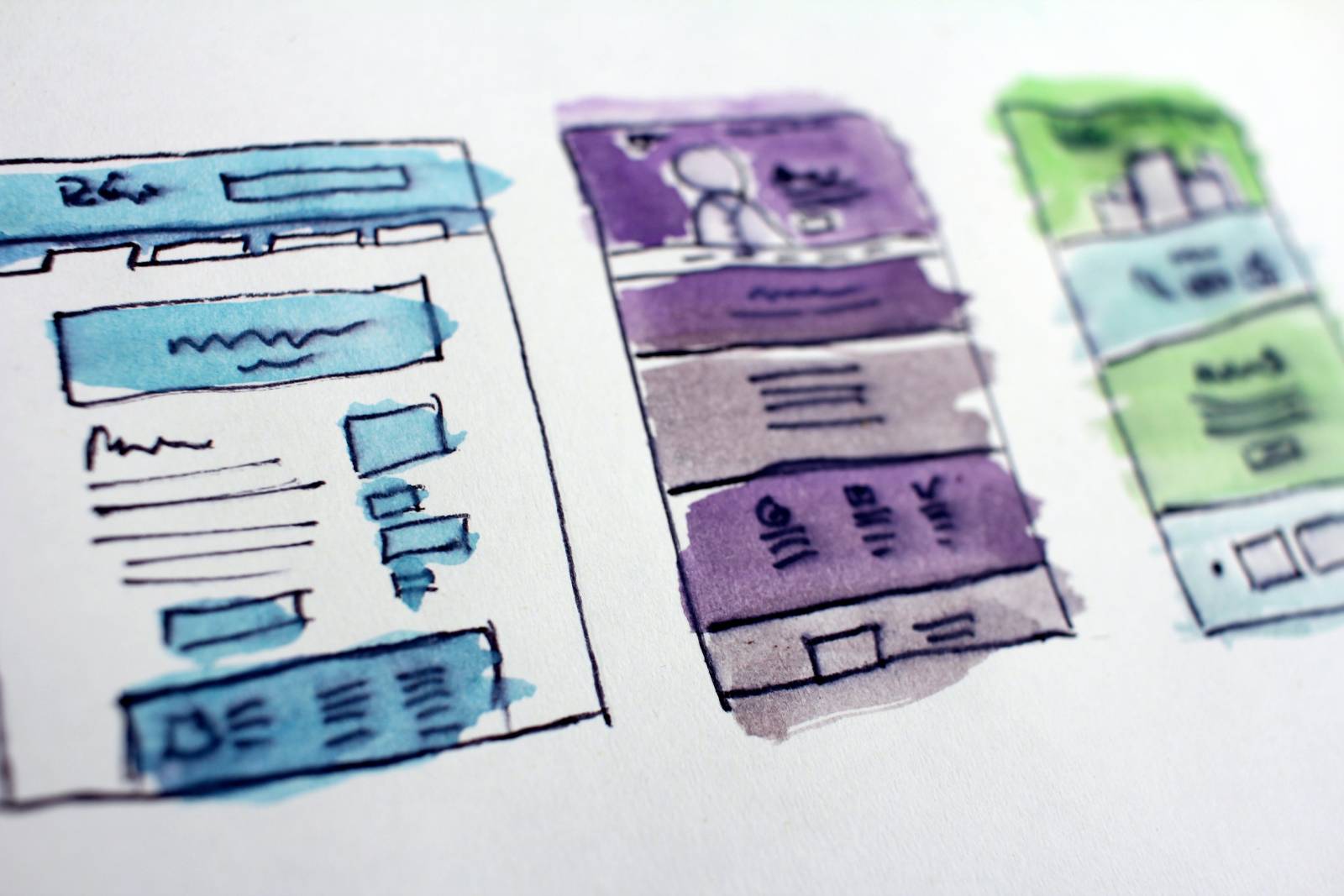
Image Source: Hal Gatewood – Unsplash
3. High-Quality Images of Your Work
Your website should include high-quality images of your work. These images should be well-lit and should accurately represent the colours and textures of your work. If you are selling artwork online, it is especially important to have high-quality images so that potential buyers can get a good sense of what they are purchasing.
4. A Biography or Artist Statement
Your website should include a biography or artist statement. This is a brief description of who you are as an artist and what inspires you. This is a great way to give visitors to your website a better understanding of your work.
5. A List of Your Previous Exhibitions
If you have exhibited your work in the past, you should list these exhibitions on your website. This will show potential clients or galleries that you are a serious artist who has been shown in public before.
6. A Press Kit
If you have been featured in any press publications, you should include a press kit on your website. This can include links to online articles or PDFs of print articles. This is a great way to show potential clients or galleries that you are getting exposure for your work.
7. A Blog
If you maintain a blog, you should include it on your website. This will show that you are regularly creating new content and that you are actively engaged with your audience. Your blog can be about anything related to art, such as reviews of exhibitions, interviews with other artists, or tips for aspiring artists.
8. A Calendar of Events
If you have any upcoming events, such as exhibitions or workshops, you should include them on a calendar on your website. This will let people know when and where they can see your work in person
Other key points for creating your art portfolio
Some extra bonus tips to help guide you in the process of creating your portfolio.
Talk About Future Plans & How You Want To Develop your Practice
Art schools understand that you may be just starting out and value applicants who have a clear vision. Showcase your areas of interest, such as animation or graphic design, to provide insight into where you’d like to take your art career. Demonstrate why these pathways attracted you and make sure they fit the requirements for successful evaluation by prospective institutions.
Show People Your Portfolio Before Going Big
One of the most important things for any artist is to get their art portfolio seen by others. After all, a portfolio is more than just art put on display – it’s expressions of passion and emotion, so why not let others take part in that? One easy way to get people looking at your art portfolio is by attending local art groups who can do group crits, dont let these put you off as they can be a great way to develop your portfolio. You should also speak to family and friends and see what they think.
You can also check Art Crit on Reddit, I have used this and found it to be valuable in getting other artists opinions on my portoflio.
Organising Your Artwork
Once you have decided on the format for your portfolio, it is time to start organising the content itself. Start by gathering all of the pieces that make up your artwork – sketches, digital images/videos/audio recordings from previous projects etc.
From there it is important to decide which pieces best represent who you are as an artist and which showcase some of your best works; these should be featured prominently in the beginning of the portfolio since most viewers won’t spend much time scrolling through every piece in detail (although they can always go back later).
Additionally, any relevant information such as where people can find more information about each piece or contact info for press inquiries should also be included near each piece in order to make life easier for galleries and buyers who are interested in learning more about your work.
Presentation Matters
The presentation of a portfolio can make or break its success – something that many artists forget! It is always good practice to ensure that all images look sharp and clear when presented either digitally or physically; no one wants blurry photos obscuring their work!
In addition to this basic tip, ensure that each page looks neat and orderly; too much clutter can cause confusion or detract from individual pieces rather than highlighting them! When designing each page try not use too many fonts as this can become overwhelming; two fonts at most per page is usually sufficient unless there is a specific purpose behind using multiple font types – such as showcasing different mediums used within one piece ( e.g., ink drawings & digital).
Lastly, remember that white space doesn’t have to be empty – use it wisely by adding text boxes with information about yourself & artwork such as titles/dates/place names etc., this will help viewers understand what they are looking at better without cluttering up the actual design!
Research Your Target Audience
One more step in creating an effective artist portfolio is to identify your target audience. What type of people or companies are you hoping will view your portfolio? Are they traditional fine art buyers or contemporary gallerists?
Knowing who you’re trying to reach will help you tailor your portfolio to their needs and interests. For example, if you’re targeting modern art galleries, it would be wise to include pieces that reflect current trends in contemporary art. On the other hand, if you’re looking to attract traditional buyers, focus on showcasing pieces with classic themes.
Start With Your Best Work First
It’s important to show off your best work first when creating an artist portfolio – this is what people will see when they first land on your page and it sets the tone for the rest of the website. Or if you have a physical portfolio the opening page should blow the viewer away!
Put yourself in the shoes of a potential client or employer – what kind of work do you want them to see? What style do you think they’re looking for? Start with these pieces and then build from there. This will ensure that your portfolio starts off strong and leaves a lasting impression.
Keep Your Portfolio Up To Date
As an artist, it’s important to keep your portfolio up-to-date with new pieces regularly. This shows potential clients and employers that you are actively engaged in the creative process, which helps build trust and credibility.
It also allows you to show off different skills and styles, which is great for those who may not have a specific style or niche yet. Additionally, updating your portfolio regularly gives people something new to look at each time they visit, which helps keep them engaged in what you have to offer.
Final Thoughts on Artists Portfolios
Creating an artist’s portfolio doesn’t have to be difficult – but making sure it stands out from other portfolios does take some effort! Following these tips should put any aspiring artist well on their way towards having a standout portfolio! Good luck! With these considerations in mind, you’ll be ready to create an art portfolio that will help get any prospective buyer – or museum! – interested in your art!
Feel free to share your artwork and get featured on Hickman Design




